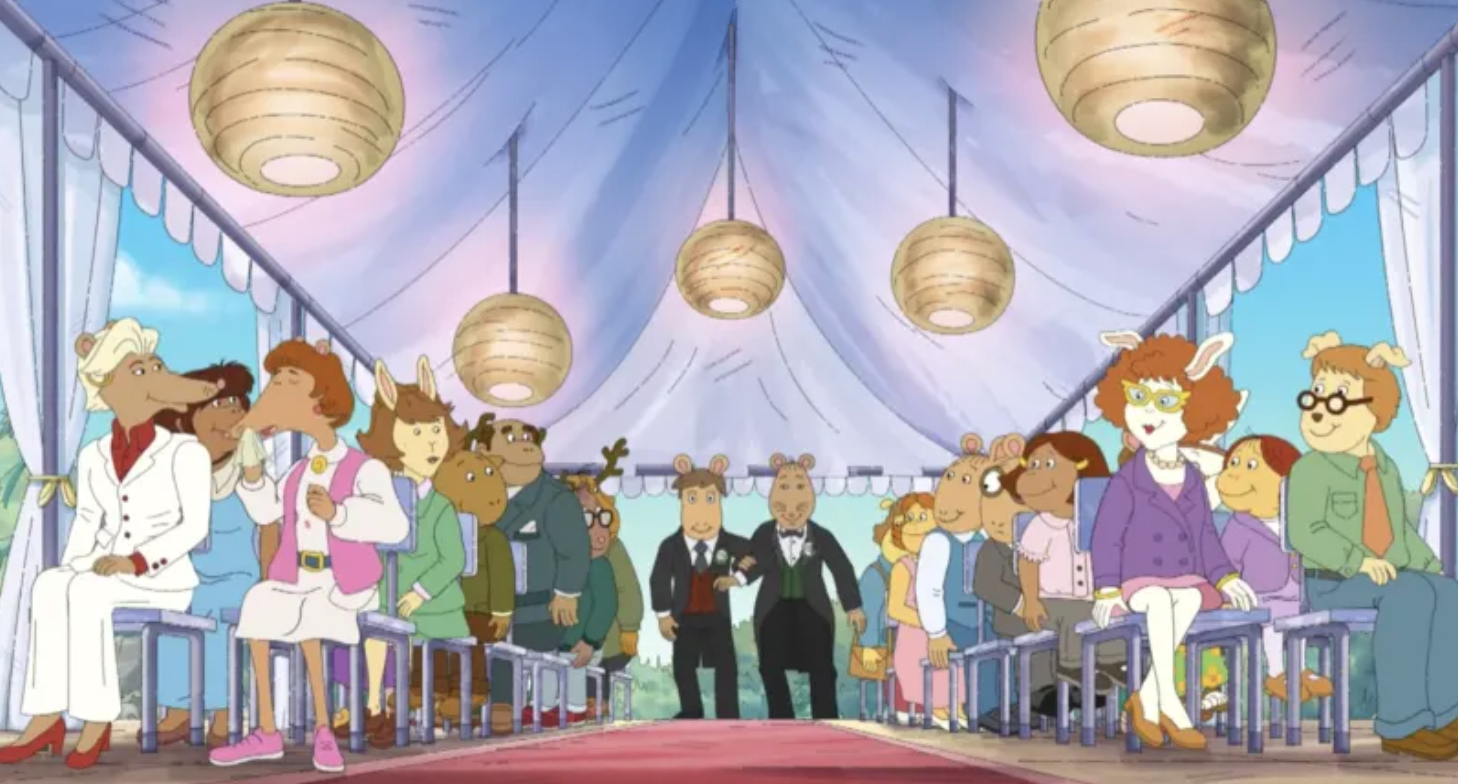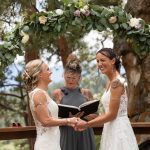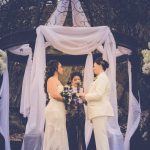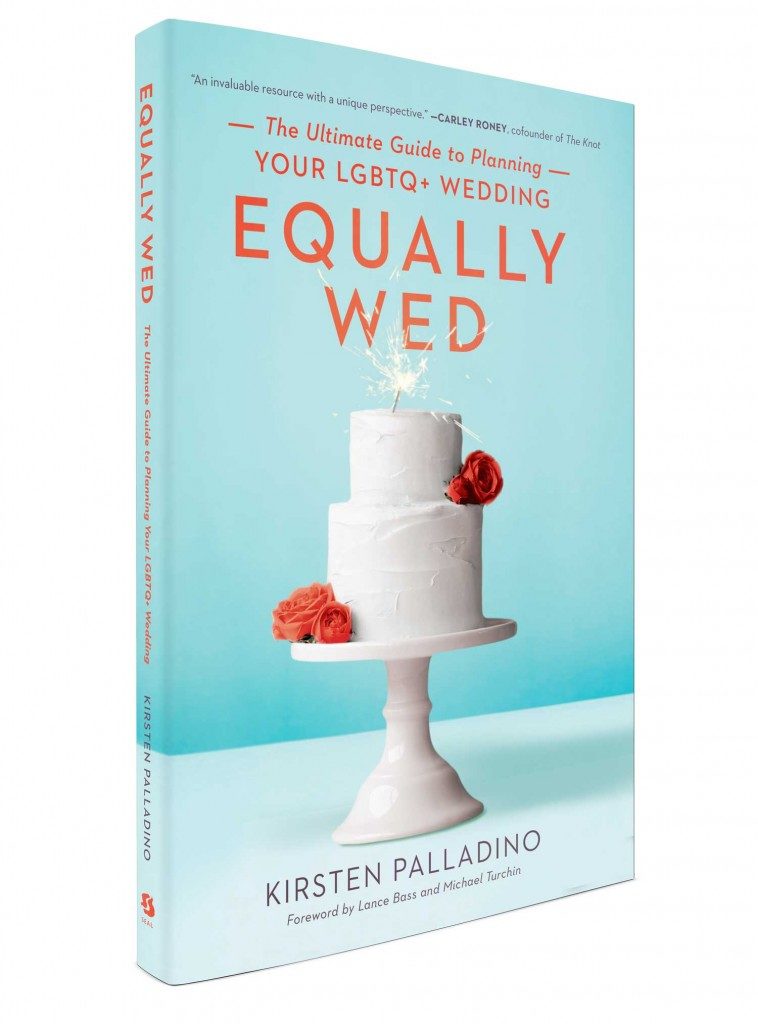I watched a lot of PBS growing up. My mom and I didn’t have enough money for cable, so I relied on Saturday mornings and PBS Kids to watch the majority of my TV. The rest I watched at friends’ houses, like when my best friend would tape “That’s So Raven” for me and we’d marathon episodes together.
“Arthur” holds a special place in my heart. My cousin, Naomi, and I still joke about how we have the library card song from “Arthur” memorized, and she had the character ironed on her jeans in eighth grade. So when I learned that the PBS Kids show, which is in its twenty-second season now, featured a same-sex wedding, I was thrilled.
In the episode, which is also the season premiere, the kids learn that their teacher, Mr. Ratburn, is getting married. It’s titled “Mr. Ratburn and the Special Someone,” and while words like gay are never explicitly used, Mr. Ratburn does marry his partner, Patrick. In the “Arthur” universe, it’s not a big deal that Mr. Ratburn is marrying a man. The kids are far more surprised that teachers have lives outside of school and they spend most of the episode plotting what they think is best for him (and making fun of the way he and his new husband dance). There’s no revelation or controversy when it’s revealed that Patrick is who Mr. Ratburn is marrying. This isn’t the first time “Arthur” has featured an LGBTQ+ character; in a 2005 episode of the spinoff “Postcards from Buster,” Buster meets several kids who have LGBTQ+ moms.

Mr. Ratburn’s gay wedding would’ve had a positive impact on my childhood if the episode had premiered at the time. I hesitated to come out for years after realizing I was queer even though my parents openly accepted LGBTQ+ people, mainly because of the discriminatory sentiments I heard from my classmates and on TV. One afternoon, I caught an anti-lesbian joke on “The Simpsons.” I was only ten and I took it to heart, assuming that I would always be treated differently because I wanted to date girls.
Shows like “Arthur” can make a lasting impression on children, and by not making Mr. Ratburn’s wedding into a big deal, the series is promoting real acceptance and inclusion. Had “The Simpsons” simply included LGBTQ+ characters instead of openly mocking them, I probably would’ve seen it as a sign that I had nothing to be ashamed of. And as someone who grew up with an actual antenna on my living room TV, I appreciate that a show like “Arthur”—which is so accessible to a wide variety of kids—is paving the way for representation. It means that low-income LGBTQ+ kids like me can see themselves and their families reflected in the shows they watch.
You can watch the full episode here.
































